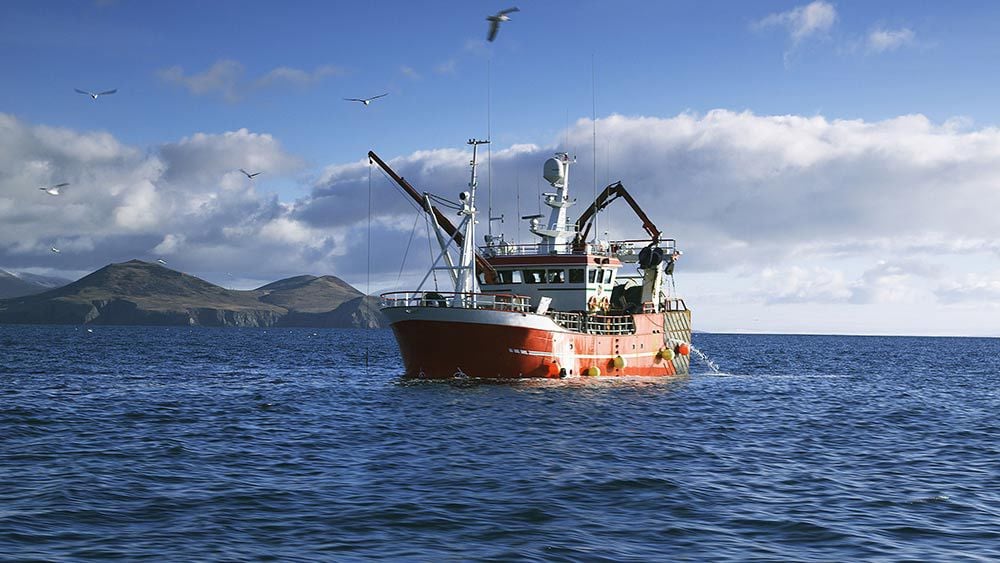Common Fisheries Policy
The CFP is a set of rules our fishing industry abides by

What is it?
The CFP is a set of rules for managing European fishing fleets and for conserving fish stocks. It gives all European fishing fleets equal access to EU waters and fishing grounds and allows fishermen to compete fairly. The CFP was first introduced in the 1970s and has been updated a lot since.
What does it aim to do?
The CFP aims to ensure that fishing and aquaculture are environmentally, economically and socially sustainable and that they provide a source of healthy food for EU citizens. As we know fish can have high reproductive rates but they are not finite so it’s important to have restrictions and management processes in place.
Managing fisheries
This involves a couple of different areas including;
- safeguard stock reproduction for high long-term yield
- lay the foundations for a profitable industry
- share out fishing opportunities fairly
- conserve marine resources
Another important aim is to reduce unwanted catches and wasteful practices to the minimum or avoid them altogether, through the gradual introduction of a landing obligation. This why Europe has introduced a ‘discard ban’ which is explained simply in the video below:
Fisheries management can take the form of input control, output control, or a combination of both. Input controls include:
- rules on access to waters – to control which vessels have access to which waters and areas
- fishing effort controls – to limit fishing capacity and vessel usage
- technical measures – to regulate gear usage and where and when fishermen can fish
Output controls mainly consist of limiting the amount of fish from a particular fishery, in particular through total allowable catches. You can read more about specific quotas for Irish fishing.






